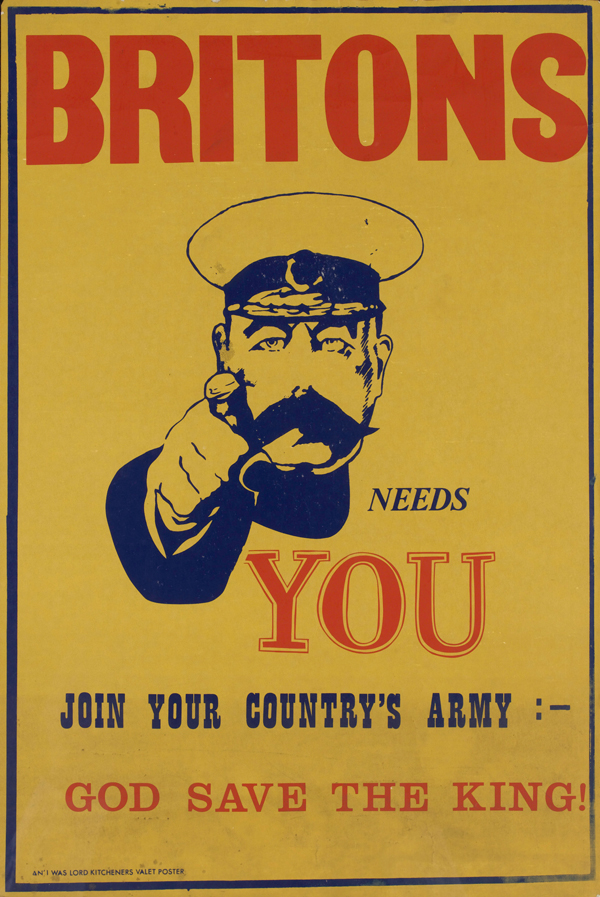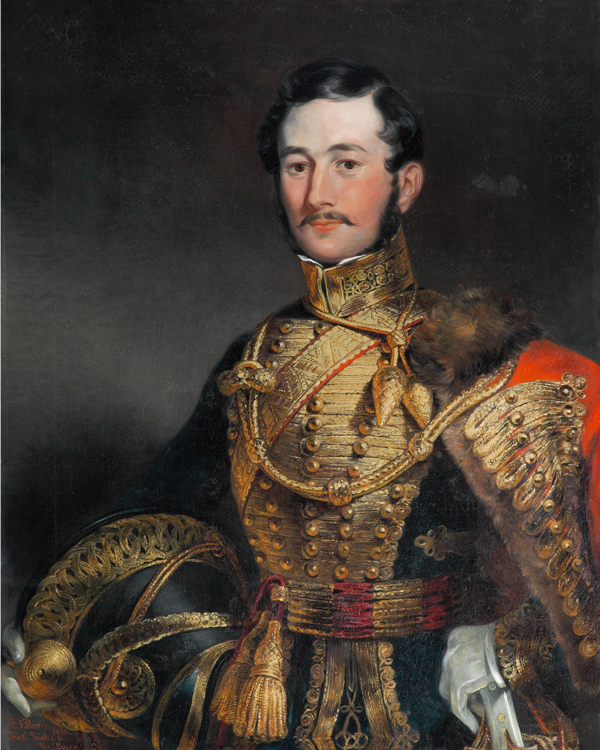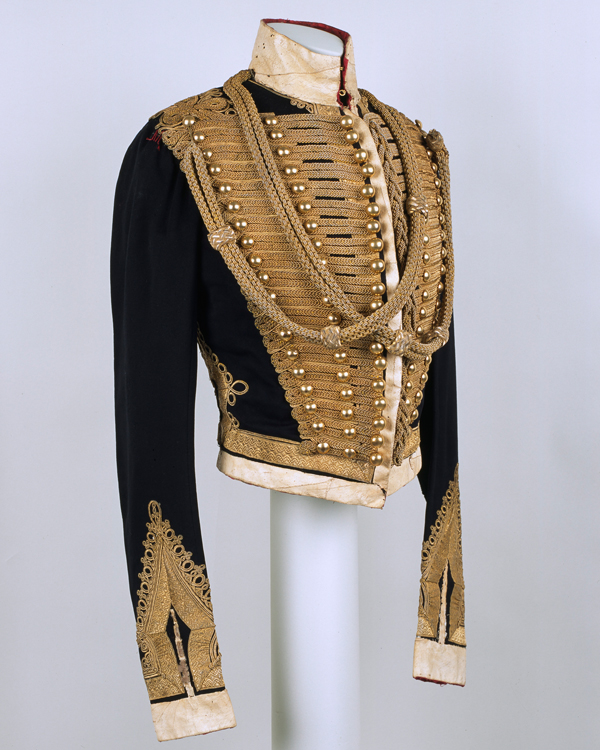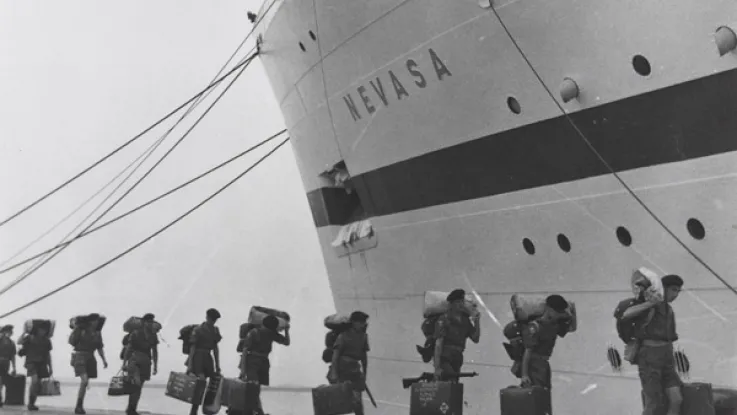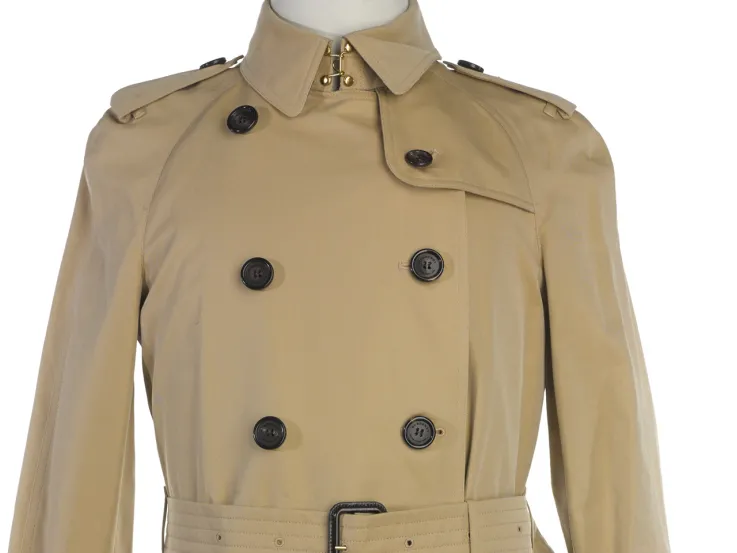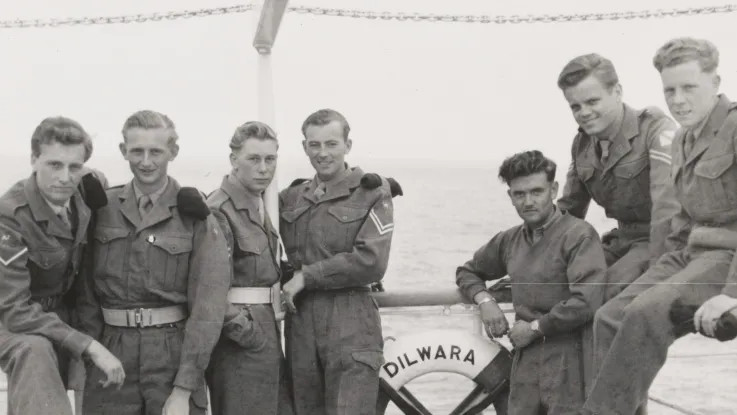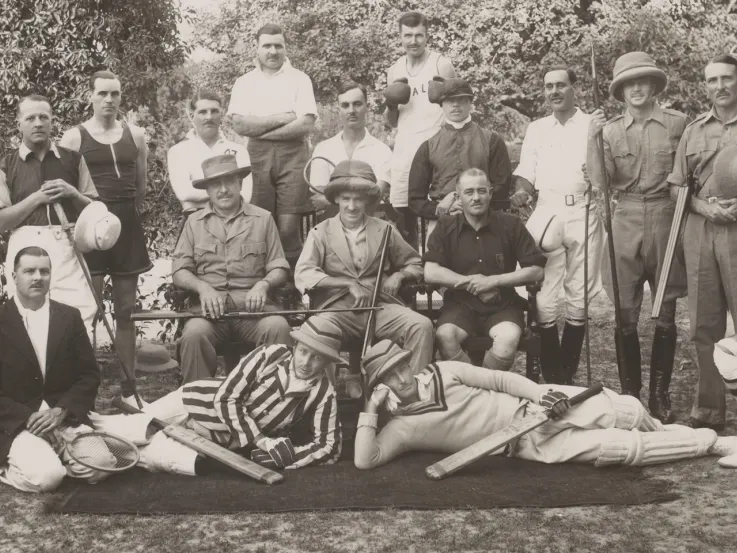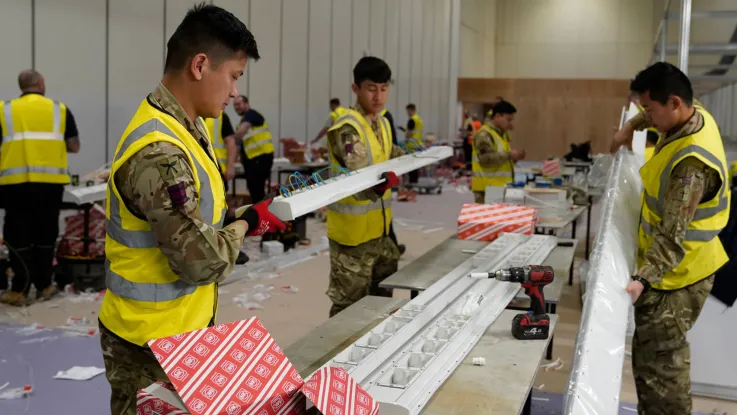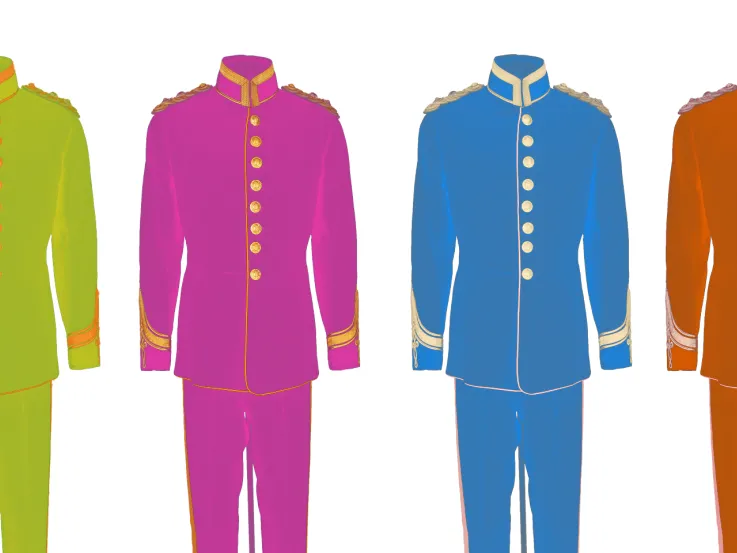
Carnaby Street in 1968 (© H Grobe (CC BY 3.0) via Wikimedia Commons)
Changing times
The years following the Second World War (1939-45) were a time of rapid political change for Britain. India achieved independence in 1947 and by the end of the 1960s so had most of Britain's African colonies. The Suez Crisis of 1956 further signalled that Britain's global influence was in decline. National Service persisted until 1960 with the last of its recruits demobbed in 1963.
The relative isolation of young people from the experiences that had shaped their parents’ lives – including both a shortage of work in the 1920s and 1930s and service in the armed forces - brought about a different and distinctive youth culture. Young people found new ways to react against older generations, with almost all aspects of the dominant culture being challenged.
Borrowing from the past
Style and appearance were among the most important elements in recognising subcultural identities. Young people reworked cultural symbols, styles and devices from the past to create a new look. Their attitudes absorbed the cultural politics and etiquette of a bygone era. At the same time, they expressed a deep irreverence for and disengagement from it.
Symbols relating to the Army - a pillar of British authority and traditional masculinity - proved particularly rich pickings. Mixing military motifs with fragments borrowed from pop culture conferred an anti-establishment standpoint to the group.
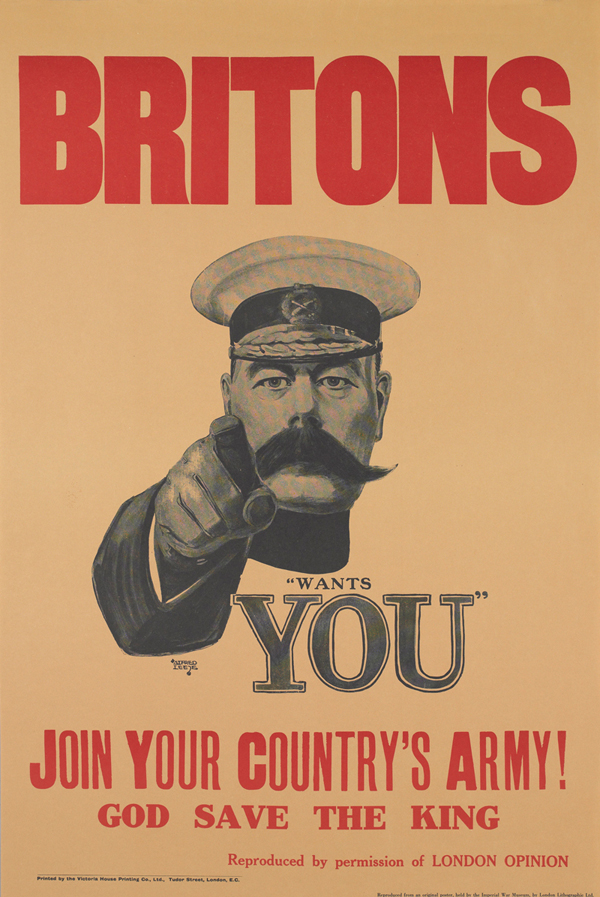
‘Lord Kitchener Wants You’ recruitment poster, 1914 (© IWM (Art.IWM PST 2734))
I Was Lord Kitchener's Valet
Starting off in 1964 as a fashionable stall in London’s Portobello Market, 'I Was Lord Kitchener's Valet' specialised in selling replicas of Victorian military uniforms.
The boutique carefully exploited the 1960s trend for second-hand military clothing. Popular music icons such as Eric Clapton, John Lennon and Mick Jagger were photographed wearing the shop's redcoats.
According to the artist Peter Blake, the shop also provided inspiration for the cover art on the 1967 Beatles album 'Sgt Pepper's Lonely Hearts Club Band'. Blake's design destabilised the sense of authority conferred by military attire by bringing it together with the psychedelic.
Jimi Hendrix
The in-crowd who flocked to 'I Was Lord Kitchener’s Valet' in the mid-1960s sought out a new sense of belonging in what they listened to, wore and bought.
Another notable patron of the shop was the American guitarist Jimi Hendrix. A former soldier himself, Hendrix was photographed many times in antique hussar uniform. Some of these iconic images show him wearing a pelisse, usually bare-chested. This subverted the style of the upright officer who would have carried a pelisse a century earlier.
In comparison to the pervading masculine image of the emotionally repressed soldier, Hendrix's style was overtly flamboyant. His foppish adoption of the military jacket created a new type of vulnerable masculinity.
It's only rock 'n' roll
The new British bands emerging from the young urban working class were hugely influential to youth culture. Taking control of Britain’s declining musical traditions, many revisited tunes from working men’s clubs and music halls and adopted new American genres like rock ‘n’ roll and blues.
The soldier and his sweetheart became main characters in the first generation of rock ‘n’ roll songs in the 1960s, feeding off post-war nostalgia and emergent transatlantic anti-war feeling. But within a few years, bands were spoofing long-standing traditions, army motifs and antique clothing, demonstrating the first precarious foothold of the post-conscription generation.
Her mother called her Mary, but she changed her name to Tommy, she's a one, oh She went and joined the army, passed the medical Don't ask me how it's done They sent her to the front line Fighting for her country's name She's got medalsDavid Bowie, 'She's Got Medals' — 1967

The Libertines performing in 2014 (© Anna Viotti (CC BY-ND 2.0) via Flickr)
Style revolution
Since the trailblazing days of the 1960s, musicians and fashion trendsetters have continued to use the Army for inspiration.
In the 1970s and 1980s, punk channelled anti-war protest and sentiment, subverting the associations that military badges, embroidery and decoration had with power and discipline. For a generation of young followers it freed up British tailoring, which had previously been a bedrock of conformity.
The New Romantics of the 1980s embraced the knowingly flamboyant Victorian cavalry uniform. Adam and the Ants immortalised this look in the video for their 1981 hit, 'Stand and Deliver'.
Heavy metal, rock and grunge musicians of the 1990s employed the functionality of military dress, wearing combat boots and trousers, as well as camouflage.
And more recently, mainstream Indie bands, such as The Libertines, have returned to the army redcoat, wearing Victorian-style dress to express identity and challenge the political landscape and culture to which they belong.


